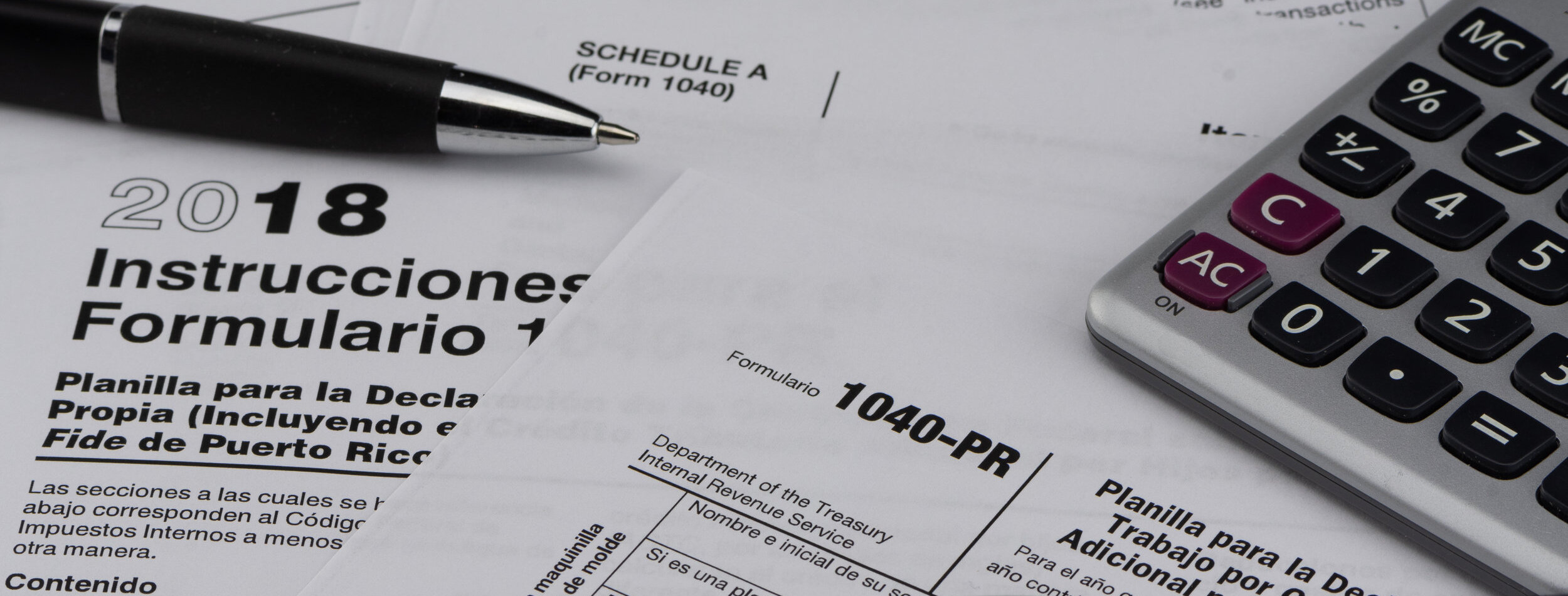Professional Spanish to English Translations
All you need to know about this specific variety of Spanish translations.
Why it is different than plain ‘Spanish translation’?
Spanish to English translation is required for content originally written in Spanish being made available to English-speaking audiences. Such documents are usually one of the following:
- Content developed in Latin America in their native varieties of Spanish
- Content developed in Spanish by Spain.
Main Applications
Some of the main applications for Spanish to English translations are:
- Exporting products and services to English-speaking countries.
Targeting countries with high purchase power like the United States, England, Canada and Australia don’t require much explanation. It is not an option to translate from Spanish to English. Content must be in English in order for your products and services be offered and sold in these markets. - Getting a product or service initially developed in Spanish to be exported world-wide. The best approach to translate from Spanish into several languages is to first translate your content into English. Finding English to Norwegian or English to Dutch translators is much easier than finding Spanish to Norwegian or Spanish to Dutch translators. Thus, the need to translate from Spanish to English even when you target countries speaking a language other than English
Preferred ‘Spanish to English’ varieties
In terms of ‘preferred variety’ the following order of preference will apply:
#1: American: The vast majority of Spanish to English translations will have the American variety.
#2: British: rarely the British variety will also have its own translations. In fact, American English has become the lingua-franca of our era.
Main Requirements
#1. Native proficiency in English.
As in other language pairs, native proficiency is required for the target language. So, in Spanish to English translations, the professional translators to be employed must be native English speakers. Of course, the translator should also have a strong command of the Spanish language. However, since she or he won’t be writing in Spanish, it will be acceptable the fact that she or he is not native in Spanish.
#2. Other requirements apply.
Other requirements usually applicable to translation, in general, will apply. The main ones being:
- expertise in the subject matter being translated
- some certification by a trusted translation association
- long-term of experience as a professional translator
- being a diligent professional when it comes to deadlines and being honest to the quality standards
Tips for Spanish to English translations
#1. Pick American translators living in the United States.
Language is a live entity. Unless a translator is living in their native country they won’t be able to keep up with the idiomatic expressions and choose the right words for the time being. Thus, the best Spanish to English translators will be living in the US.
Try to avoid hiring a translator who was raised as a Spanish and English bilingual. Even translators born in the US will have a strong language and cultural bias because of their roots in the Hispanic community. Your best choice will be someone raised as an English speaker (not bilingual) who only later in their lives got in touch with the Spanish language.
#2. Ask for referrals.
Most Spanish to English translators in the US will have went through certification processes and served many clients in their careers. Ask for a few references and they should be happy to provide them.
